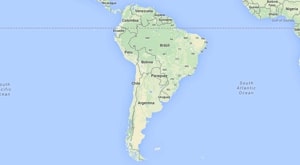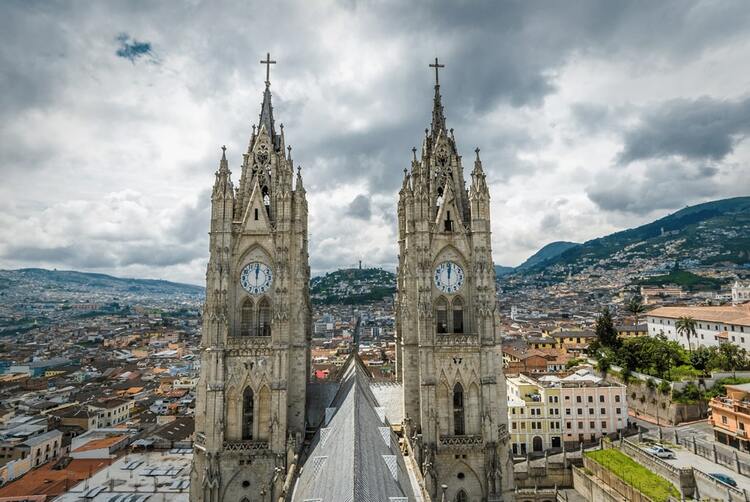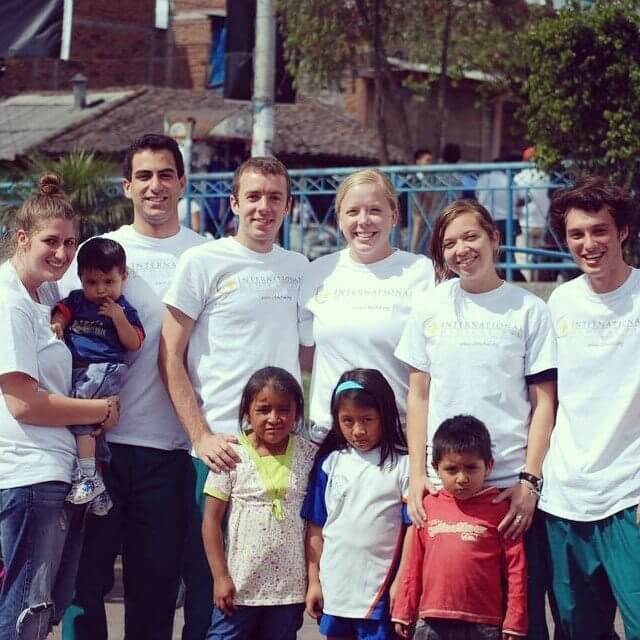Global Initiatives - Peru
Peru
Peru is known for its vibrant and ancient culture, including the Inca Empire. Situated on South America’s west coast, Peru’s location boasts biodiversity including the Peruvian beaches, the Andes Mountains and the Amazonia jungle. Peru moved away from an authoritarian rule in 1945 after 20 years of dictatorship. However, the extreme poverty of its indigenous cultures lead to ruthless guerrilla organizations that began trying to overthrow the republic government in 1980 and illegal coca production.
Although the poverty rate has dropped overall in the last decade, disparity is still apparent between urban and rural communities. In order to help support their families, impoverished children have dropped out of school, either temporarily or permanently, to work. This lack of education has exacerbated poverty in rural areas.
The health care system is decentralized into different divisions of both public and private sectors. However, lack of trained healthcare professionals and insufficient funding means the needs of patients are not being met. Approximately 80% of the country’s physicians work in the coastal region which is home to just over 50% of the total population. In the last decade, the implementation of universal health insurance further amplified the need for trained medical staff. Currently, the government is attempting to alleviate staffing issues by incentivizing professionals to work in rural areas and re-allocating services evenly across the country.
Approach
Key Facts

Total Population (2013)
30.3 million
Population under 15 (2013)
28.8 %
Life expectancy at birth (2013)
79
Maternal morality ratio per 100,000 live births (2013)
89
Under 5 morality rate per 1000 live births (2013)
13
Total expenditure on health as % of GDP (2013)
5.3 %
Population, as a %, below international poverty line of U.S. $1.25 per day (2011)
4.9 %
Human Development Index rank out of 186 countries (2013)
77
Adult (15+) literacy rate (2012)
94 %
Youth male (15-24 years) literacy rate (2012)
98 %
Youth female (15-24 years) literacy rate (2012)
96.7 %
Population with sustainable access to improved drinking water (2011)
85.3 %
Population with sustainable access to improved sanitation (2012)
71.6 %
Sources:
1. WHO Peru Statistical Profile, 2015, 2013
2. UNDP Human Development Report re: Peru, 2013
3. UNICEF Peru Statistics, 2013
4. UNHCR Country Operations Profile Peru, 2015
5. The World Fact Book: Peru, 2015


